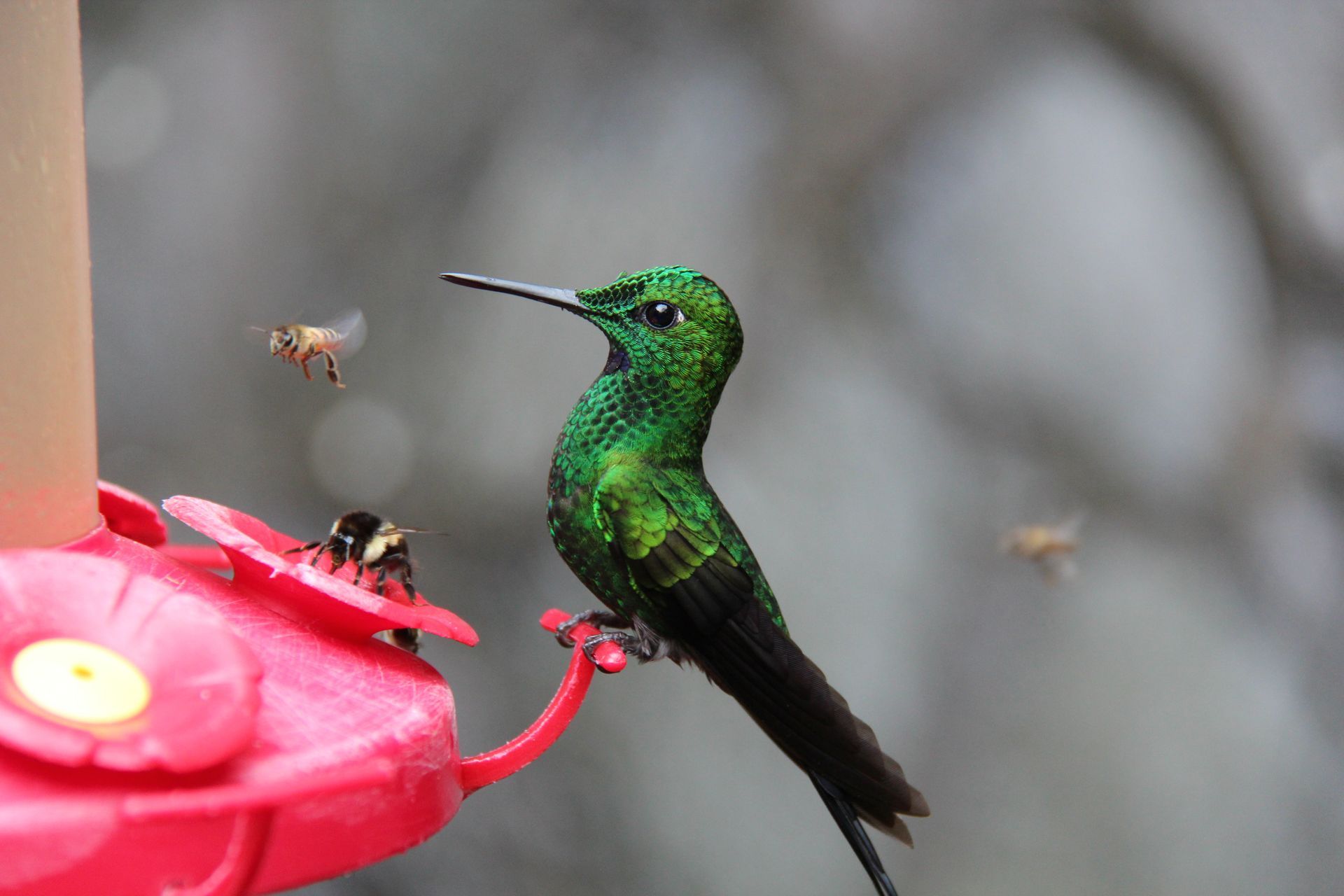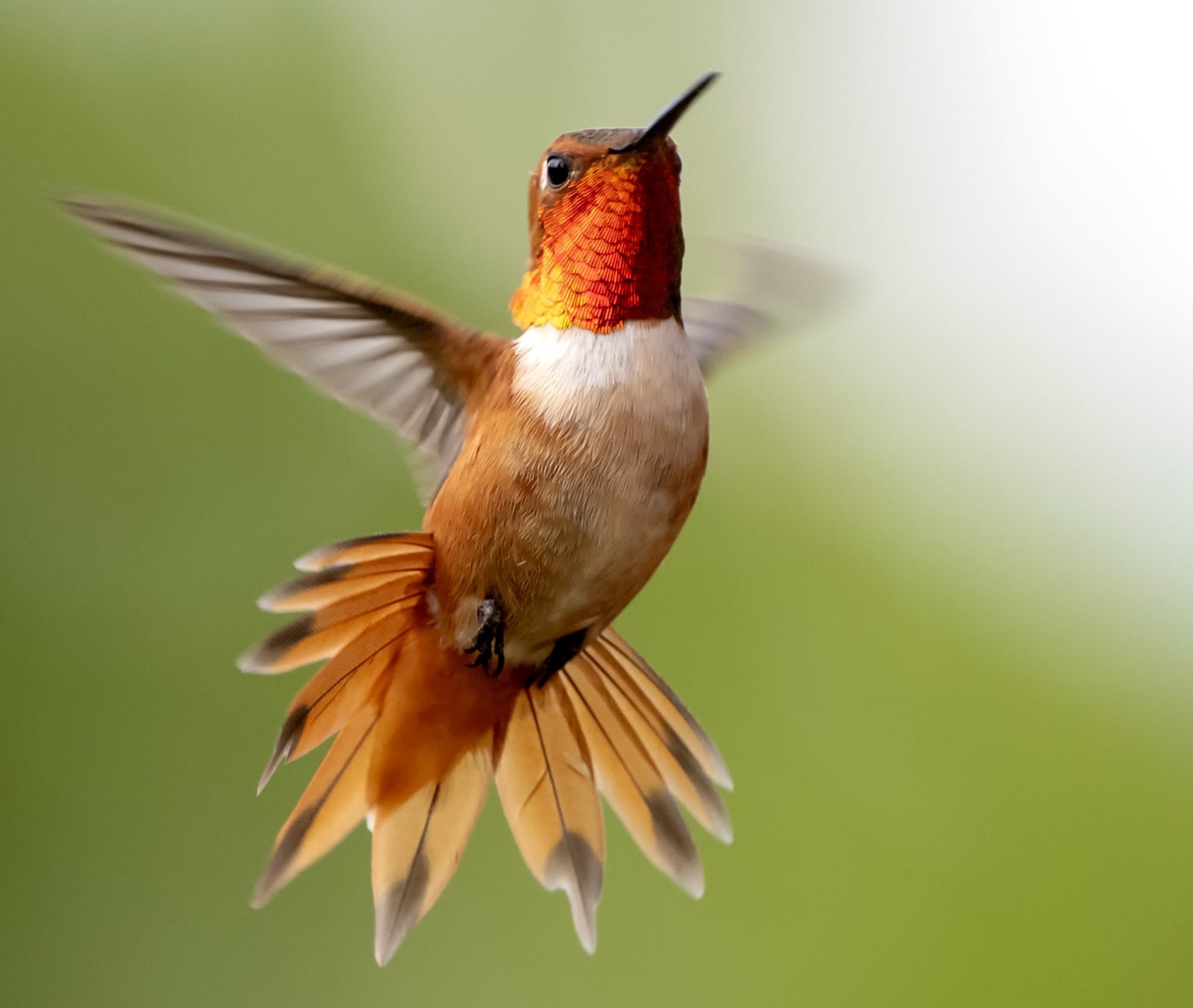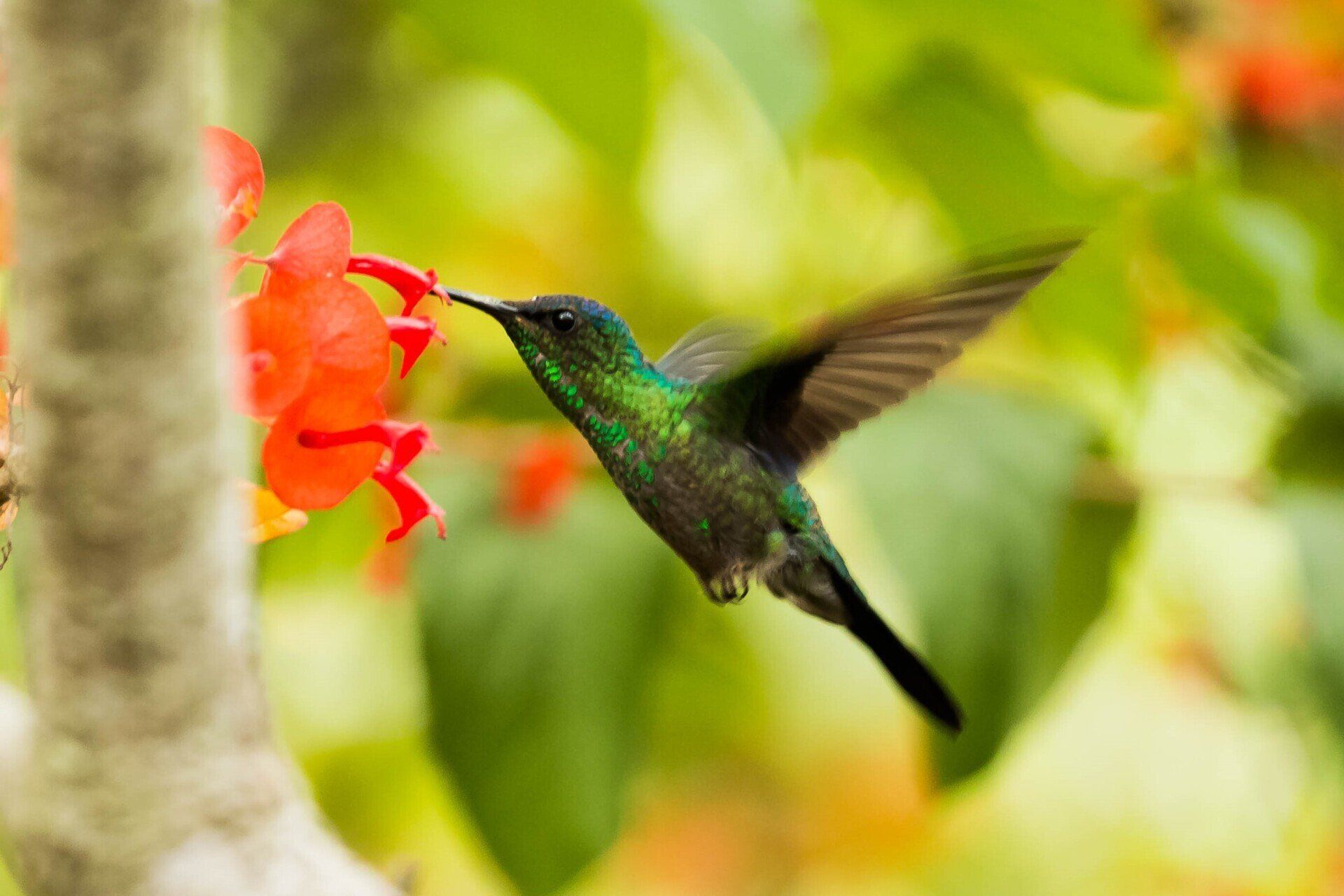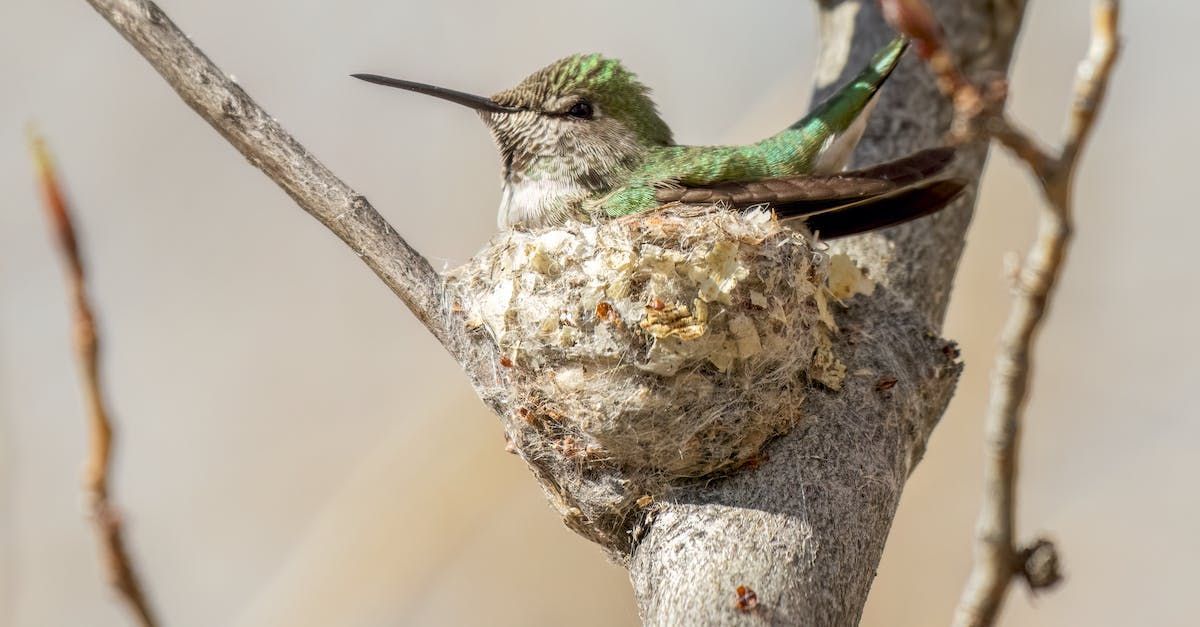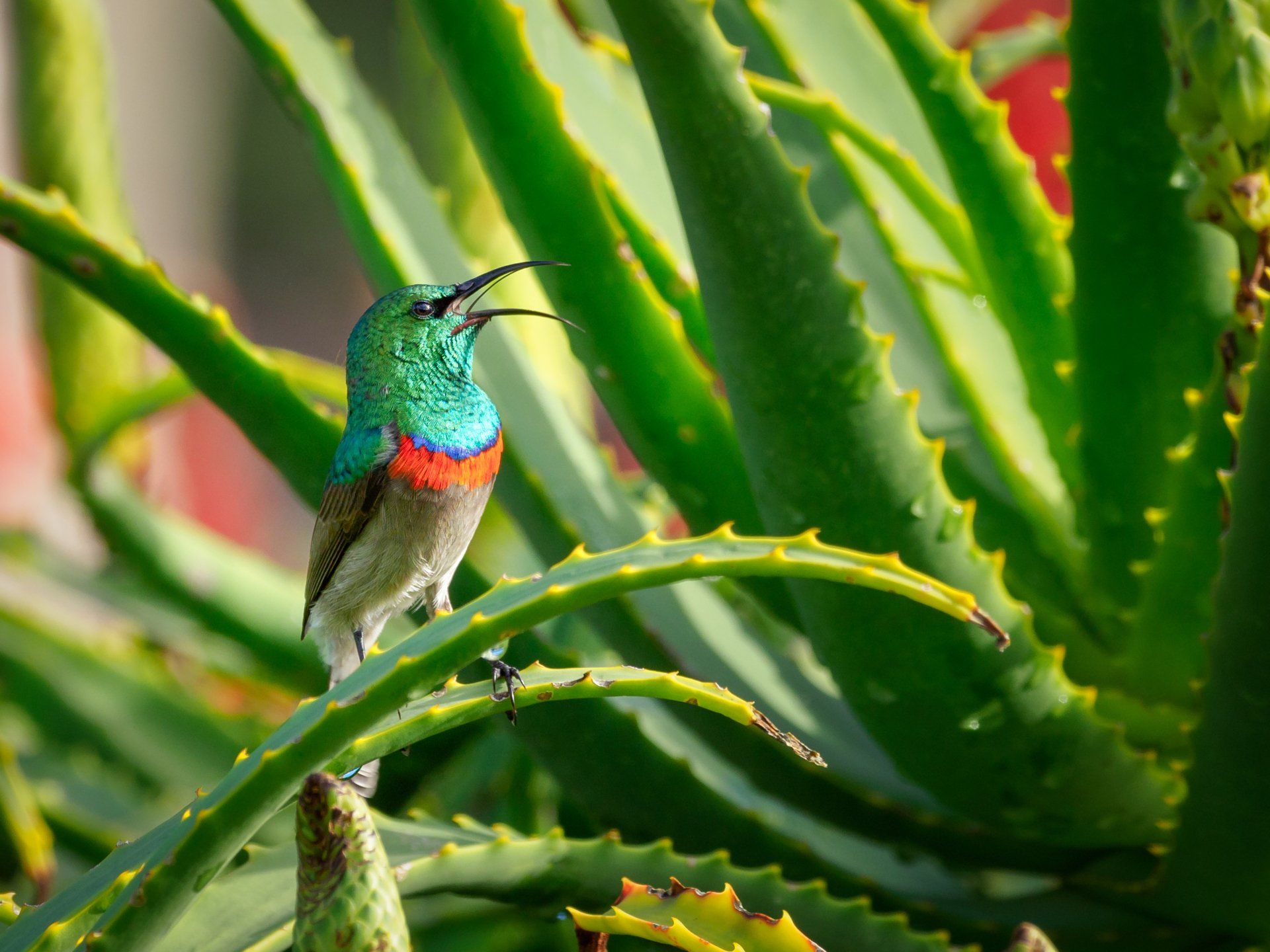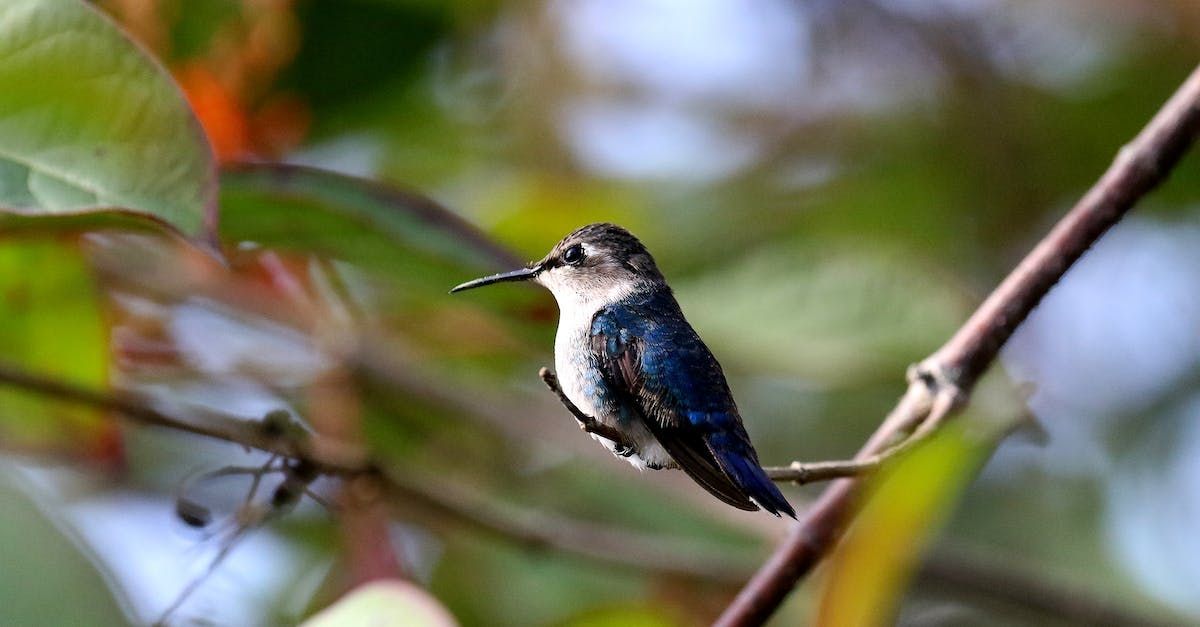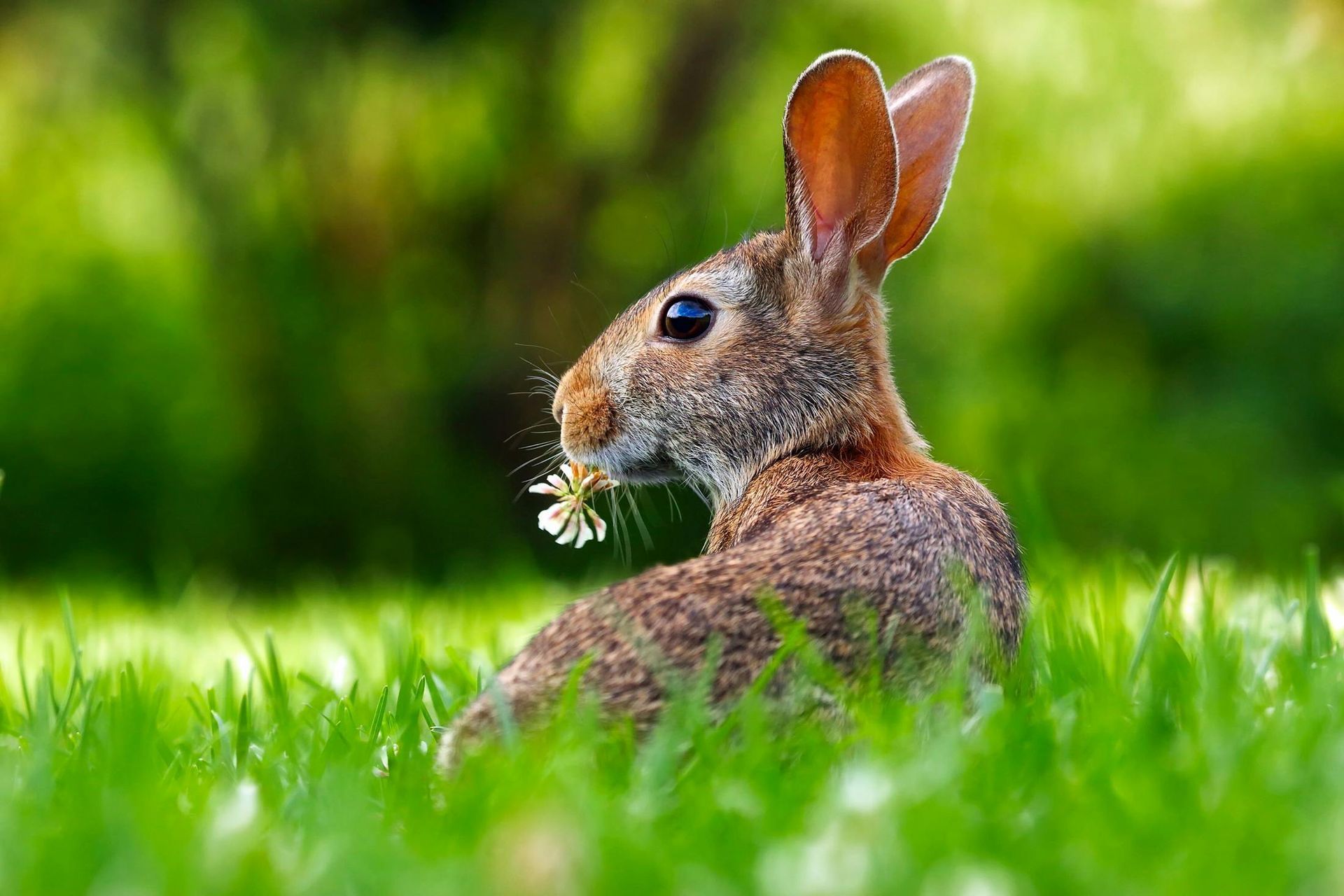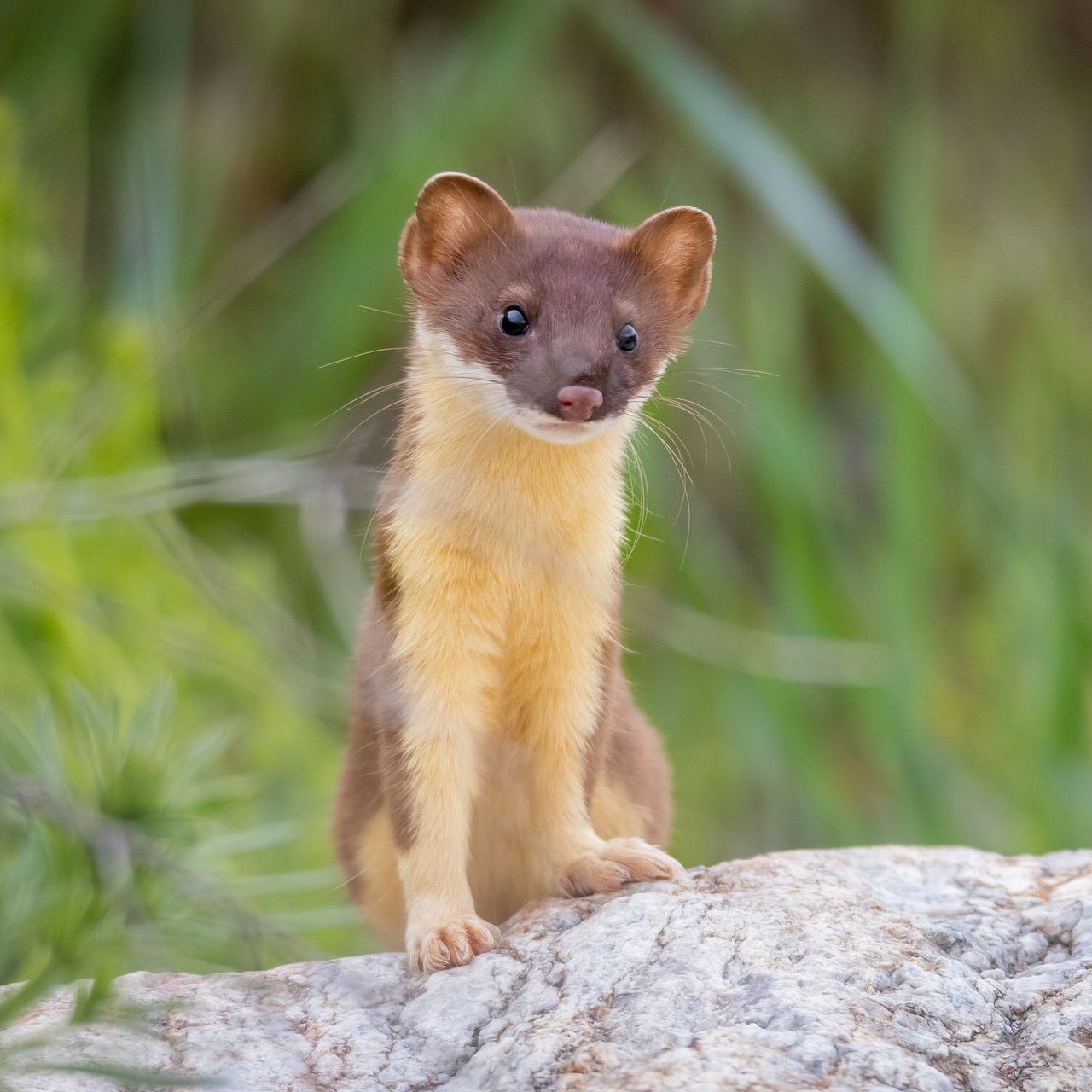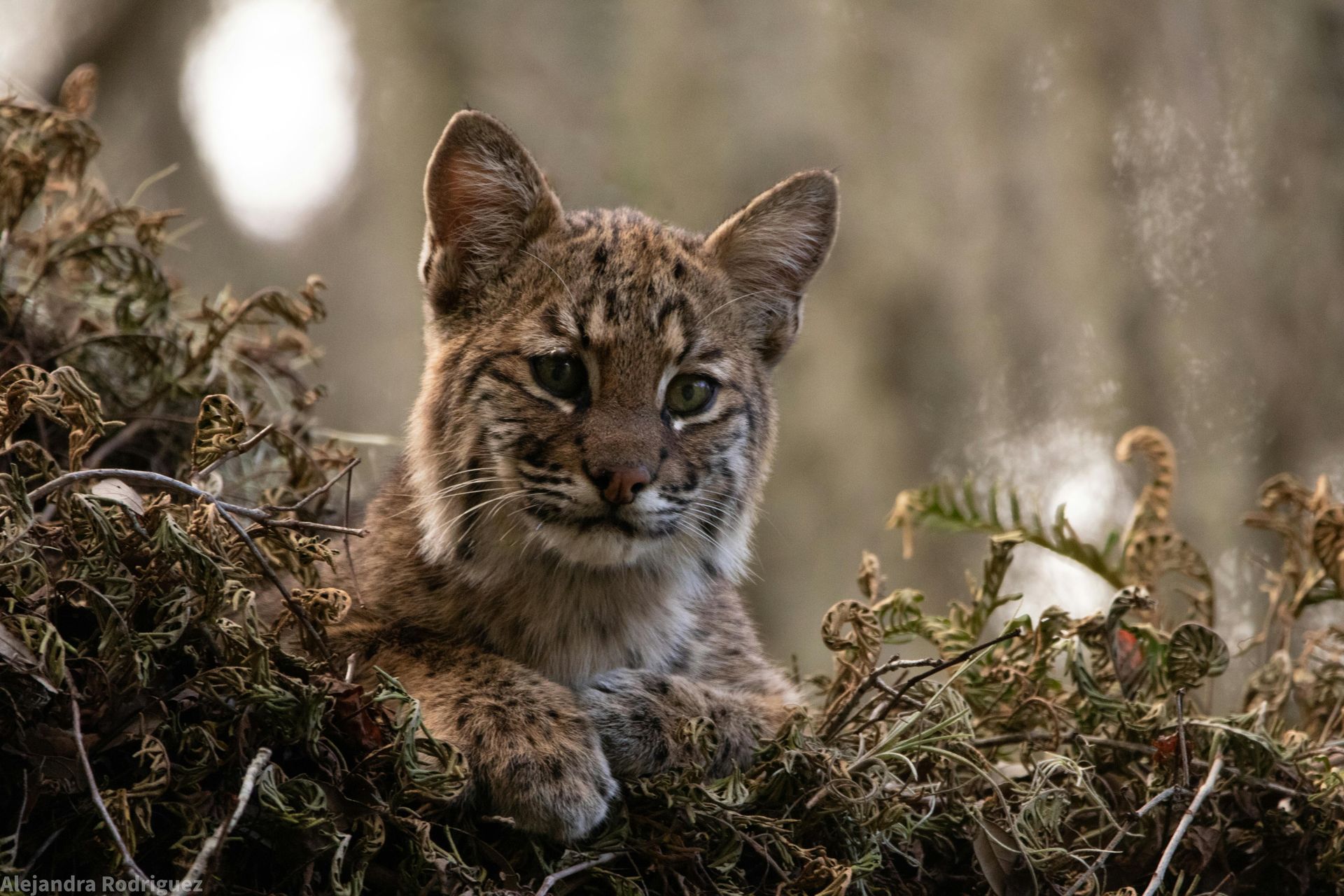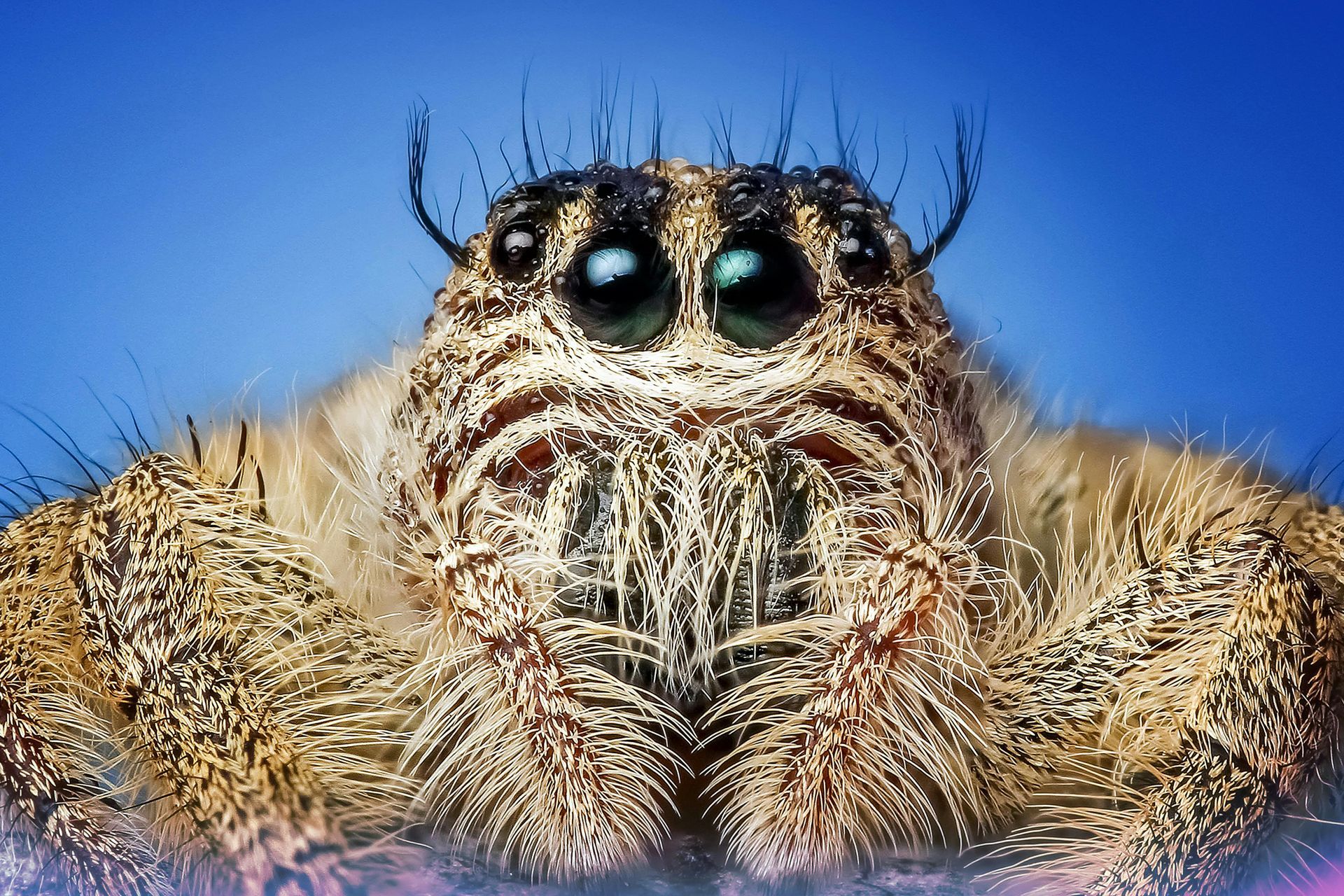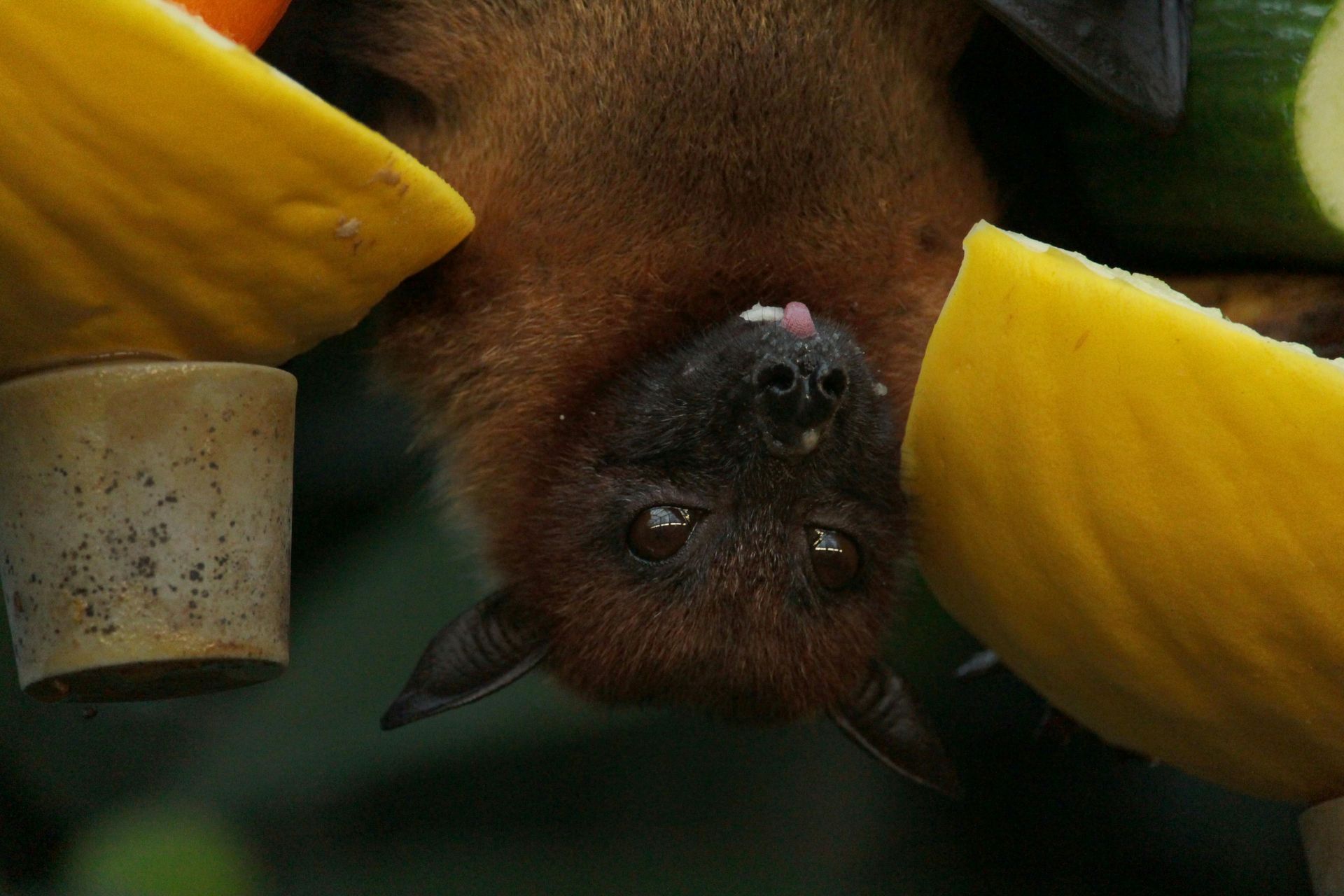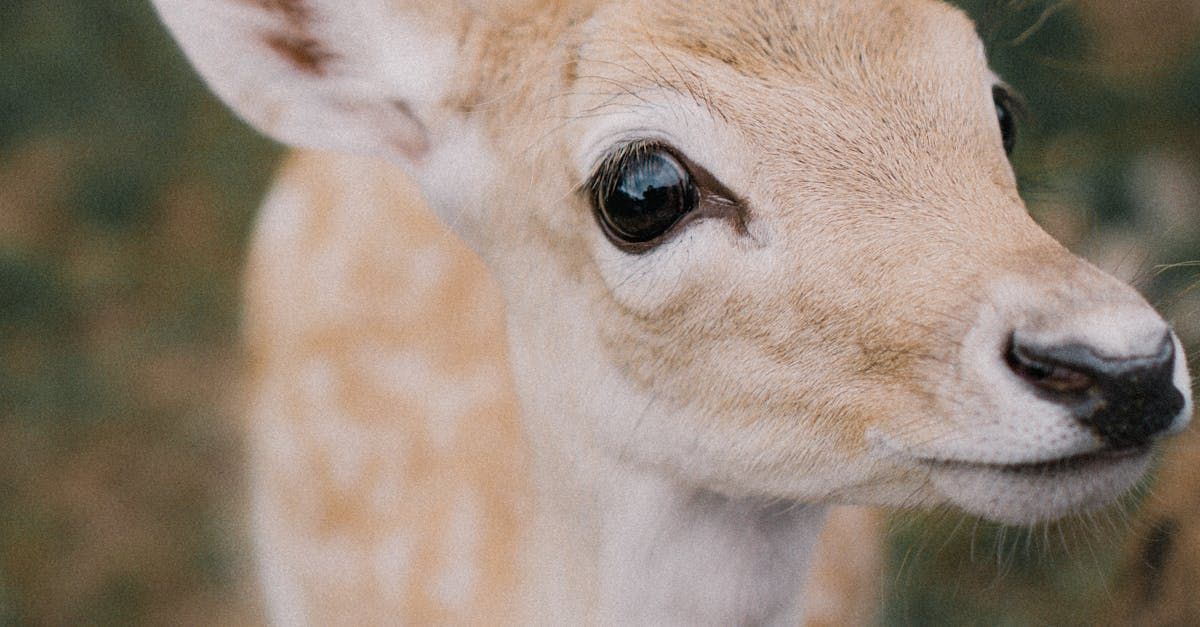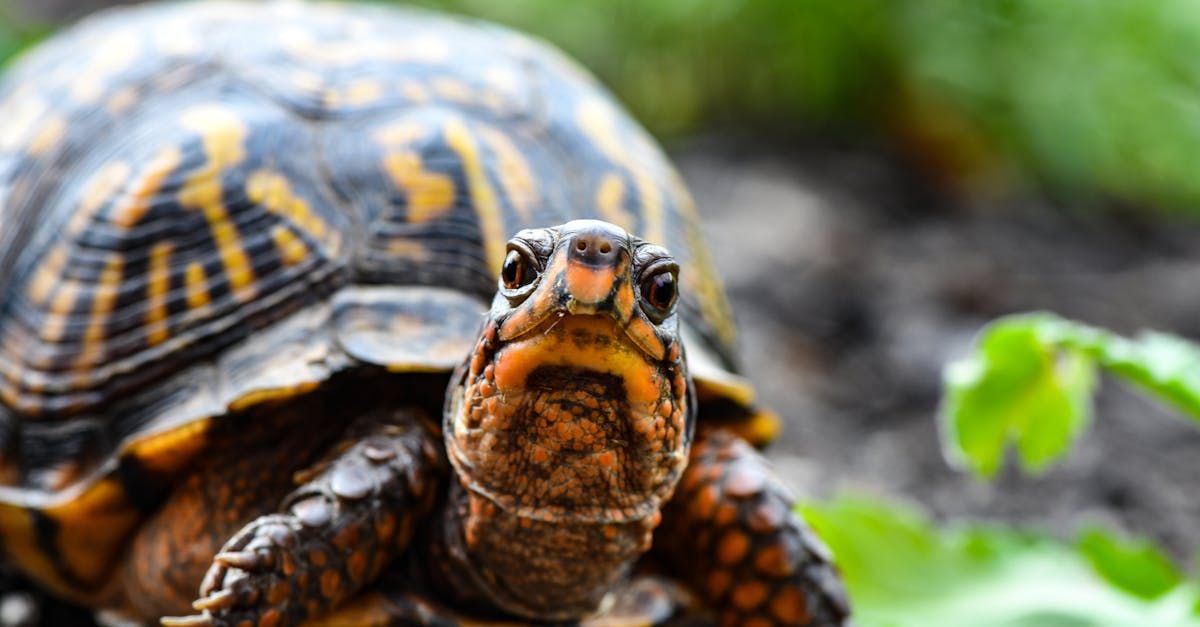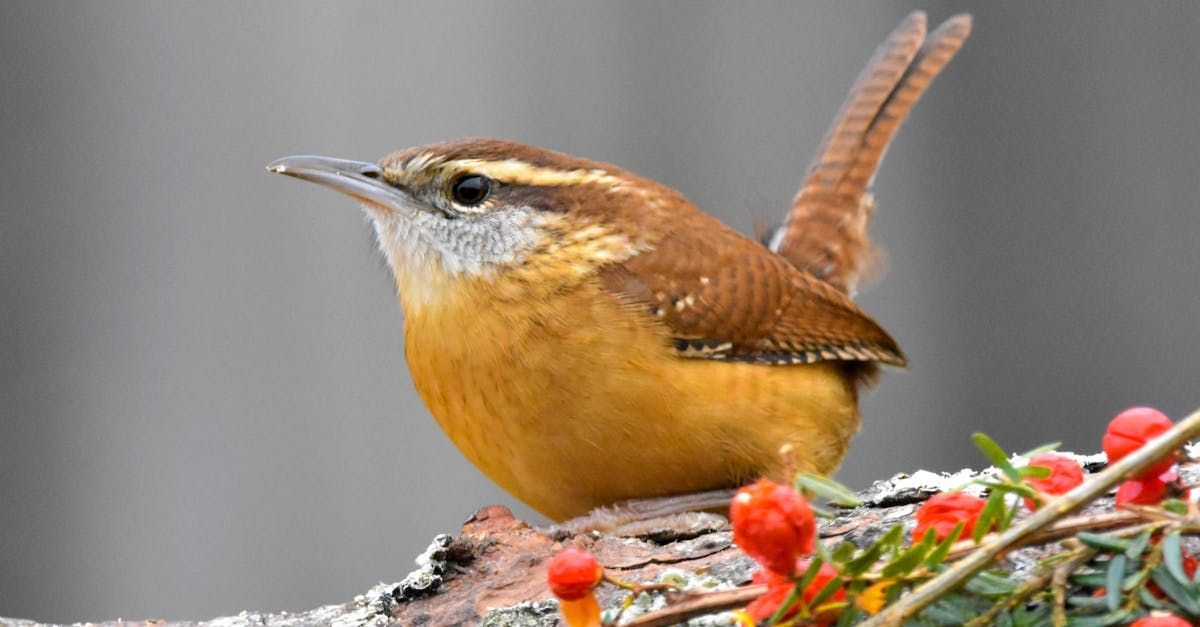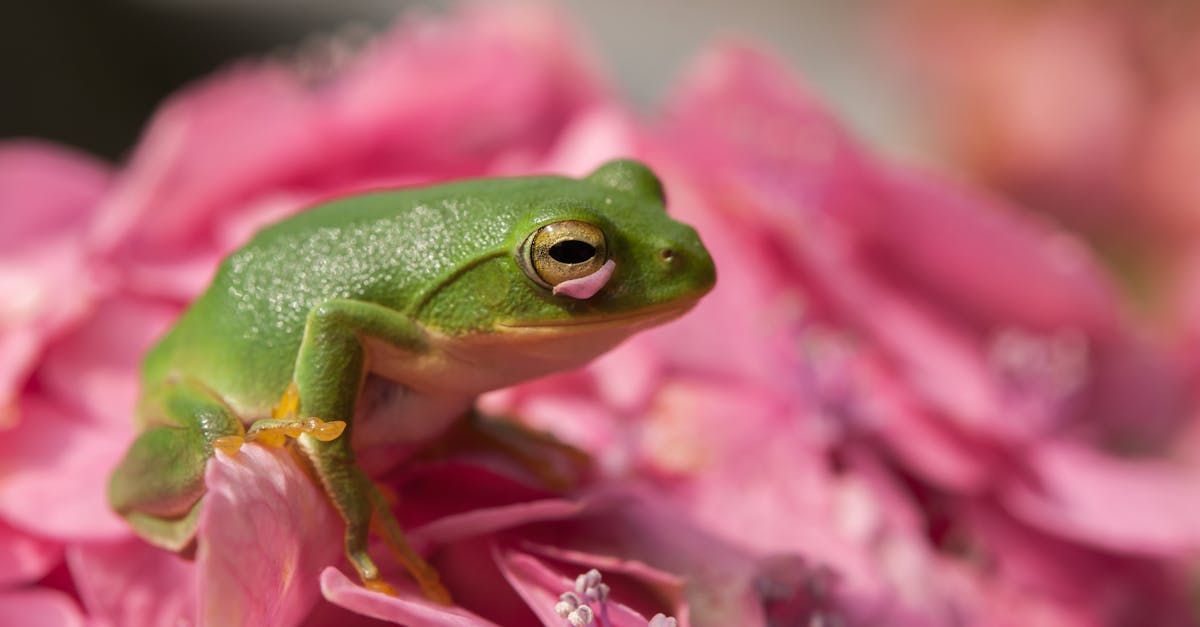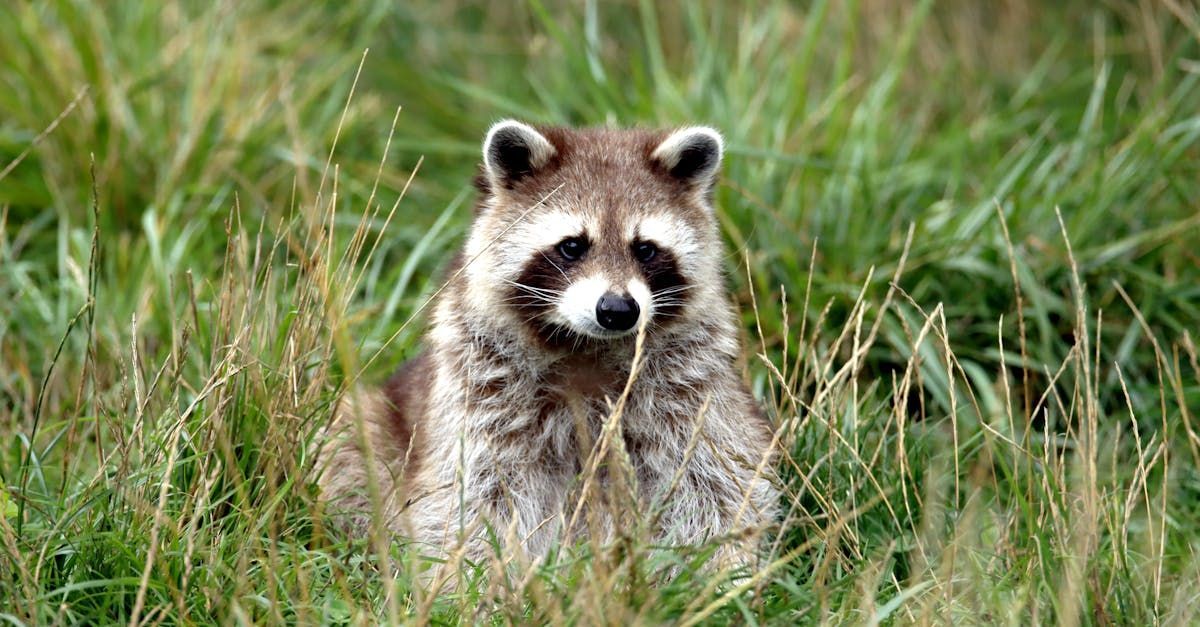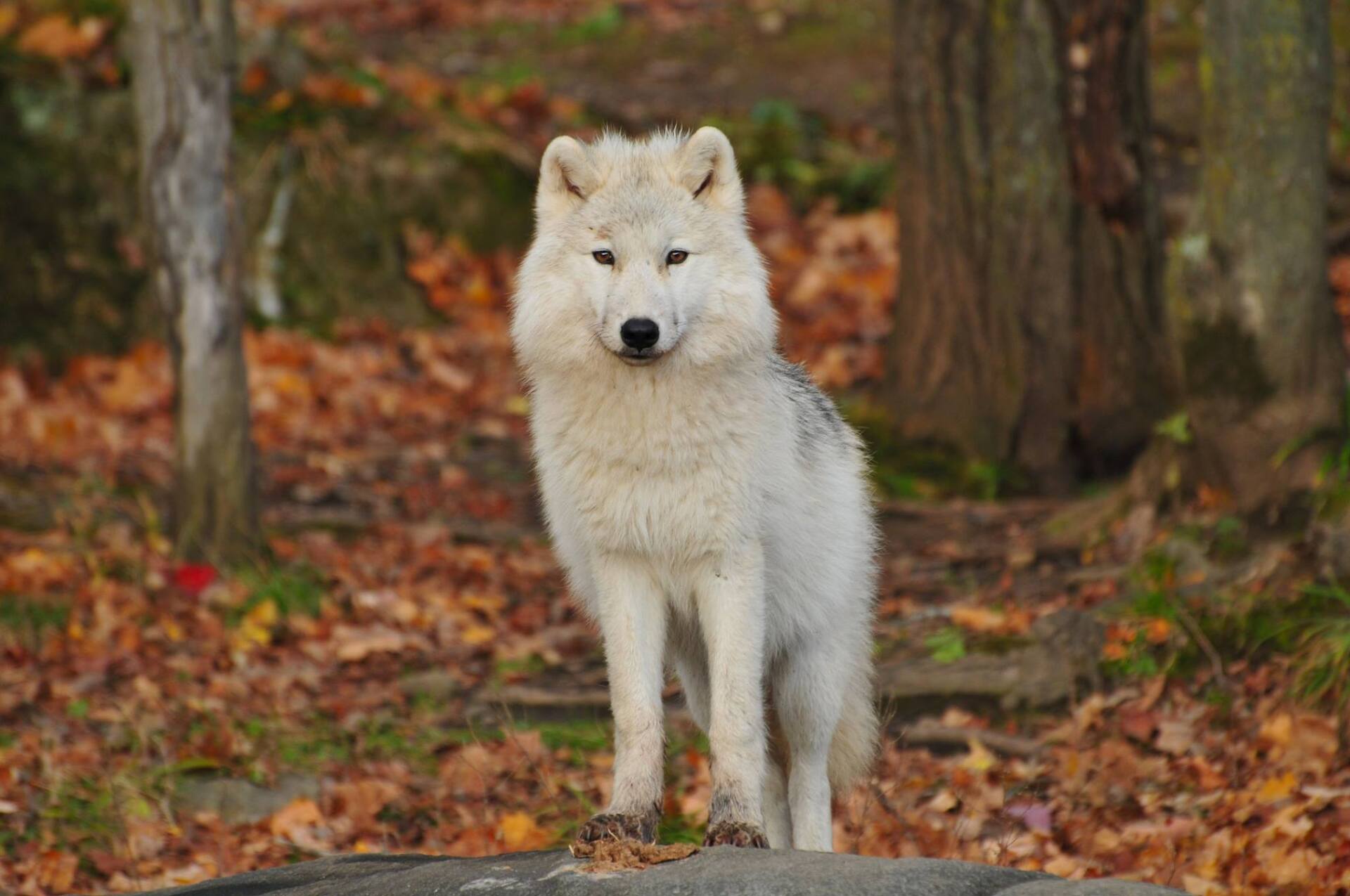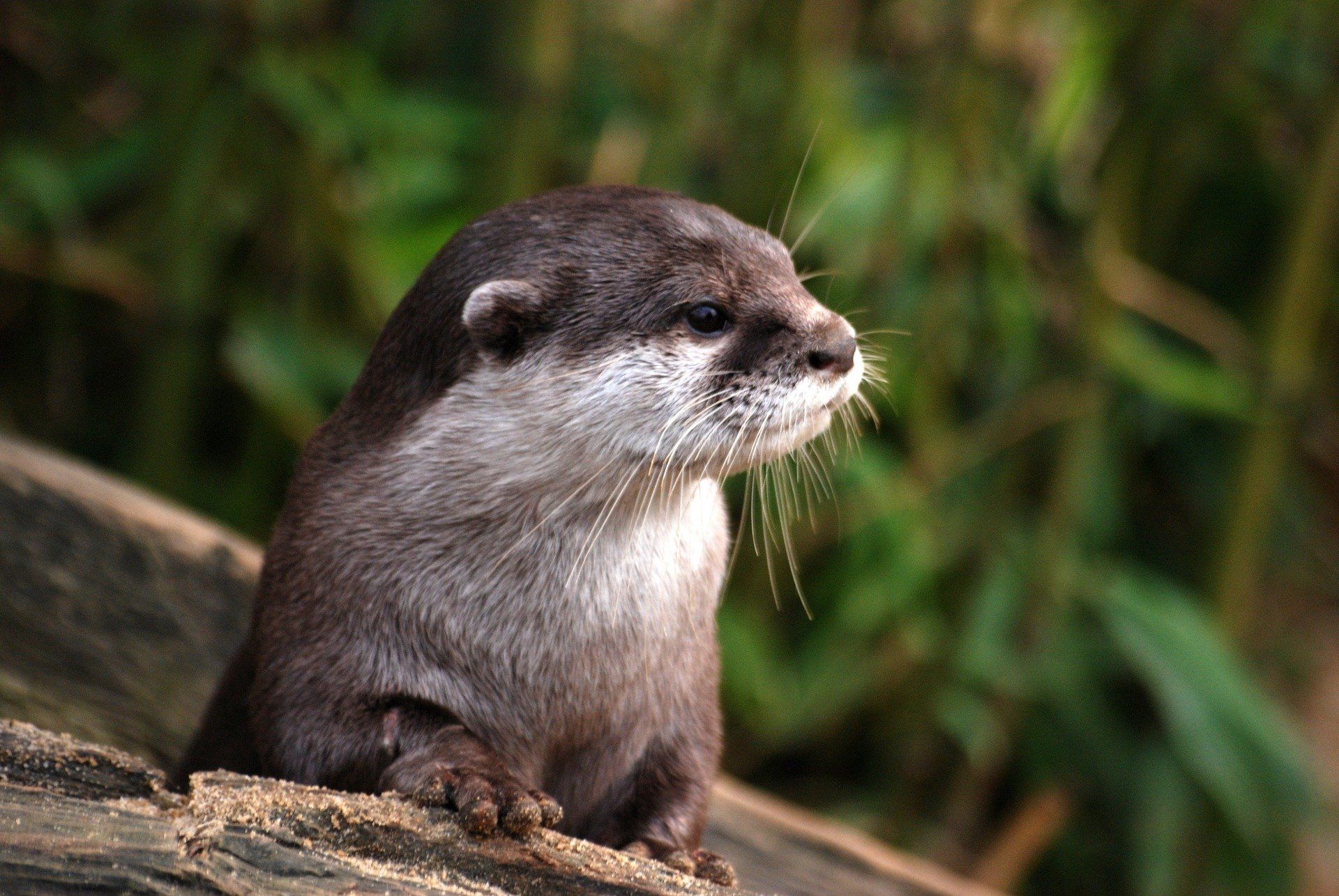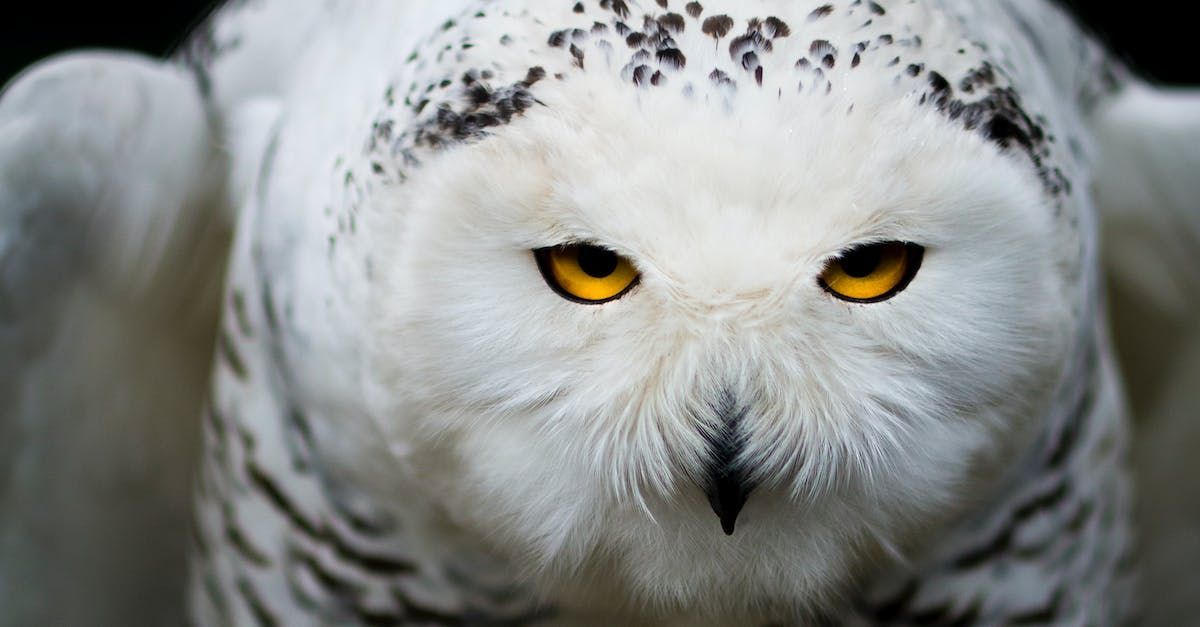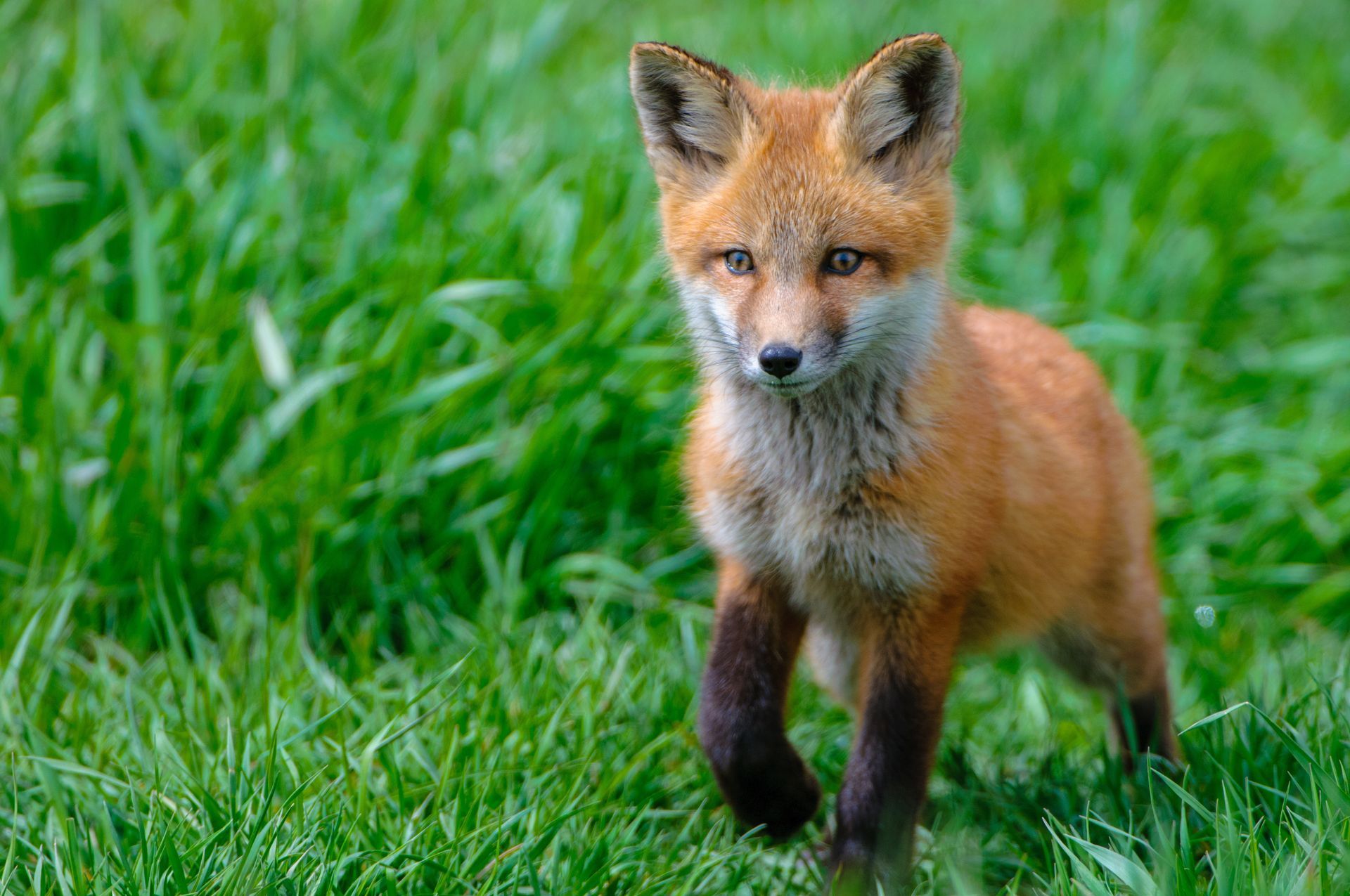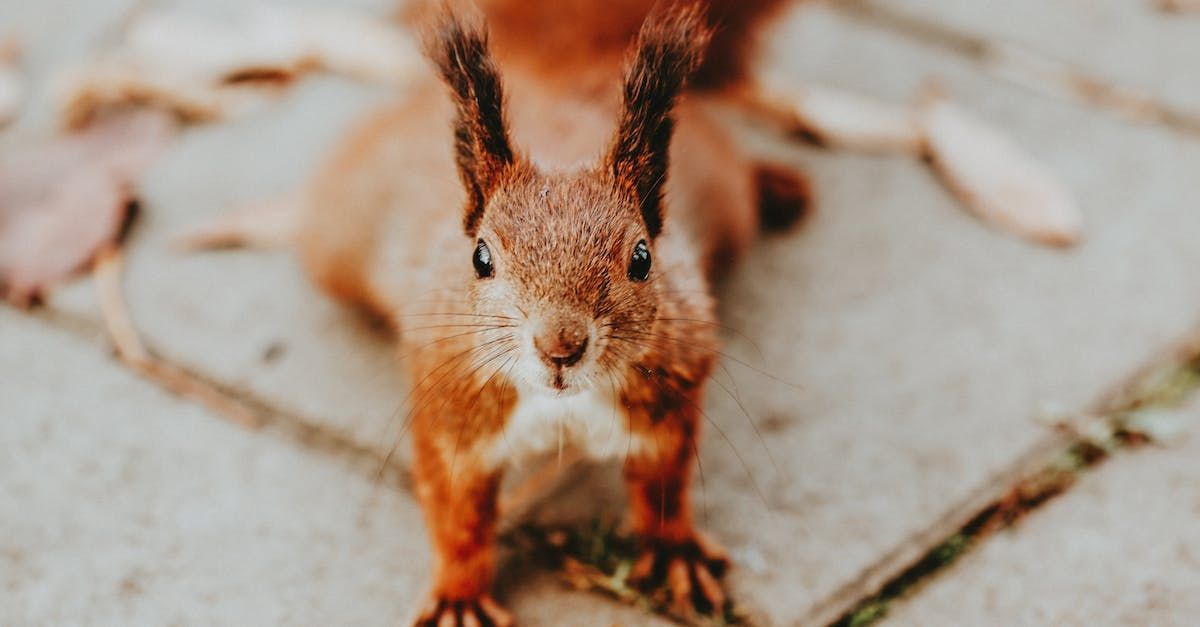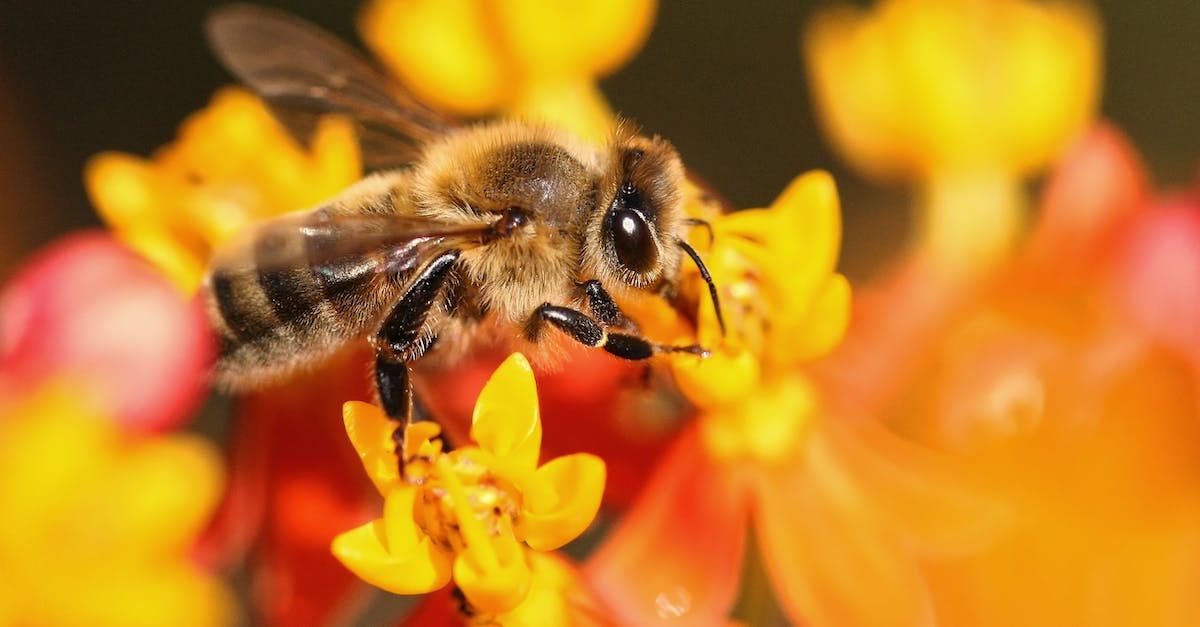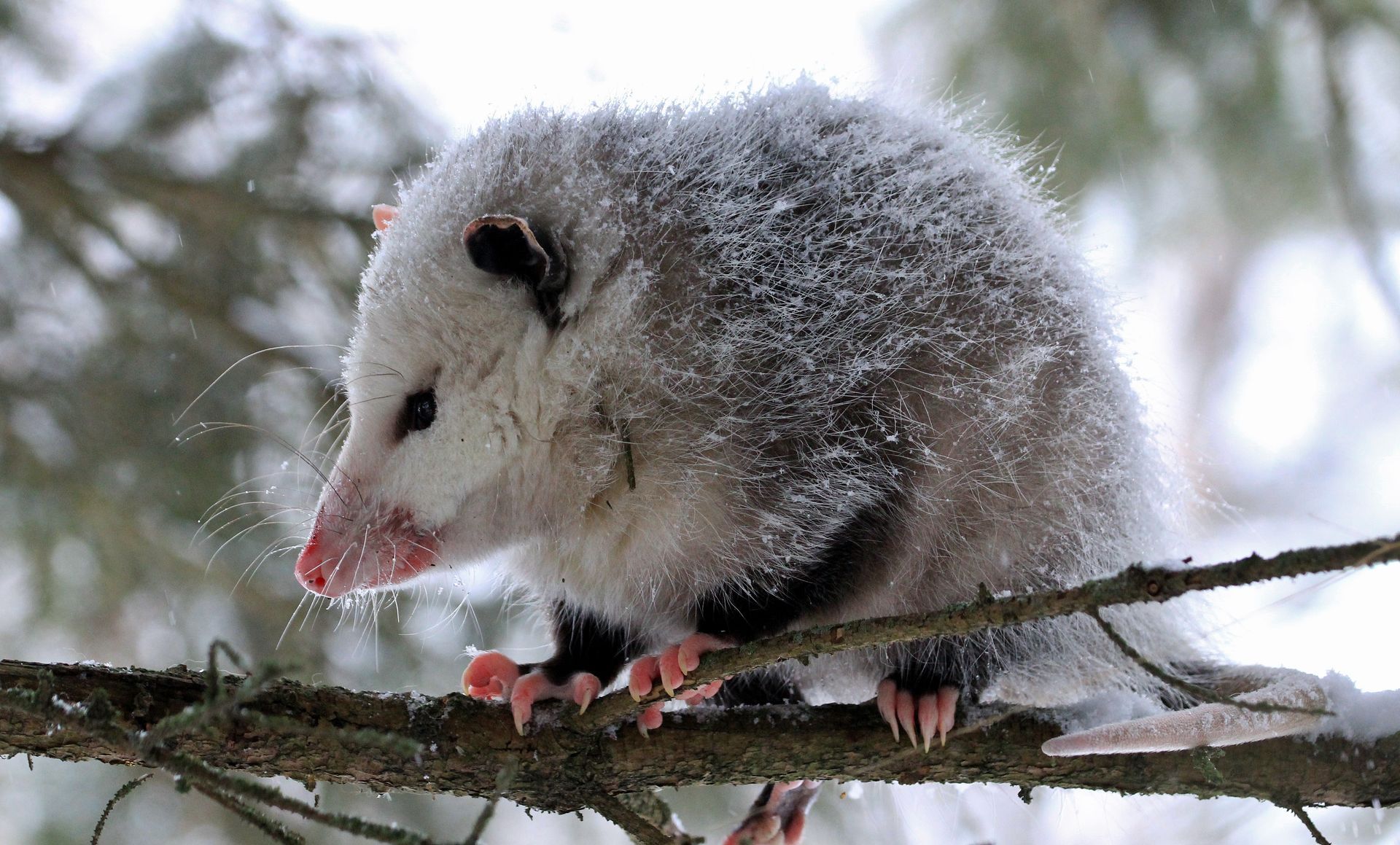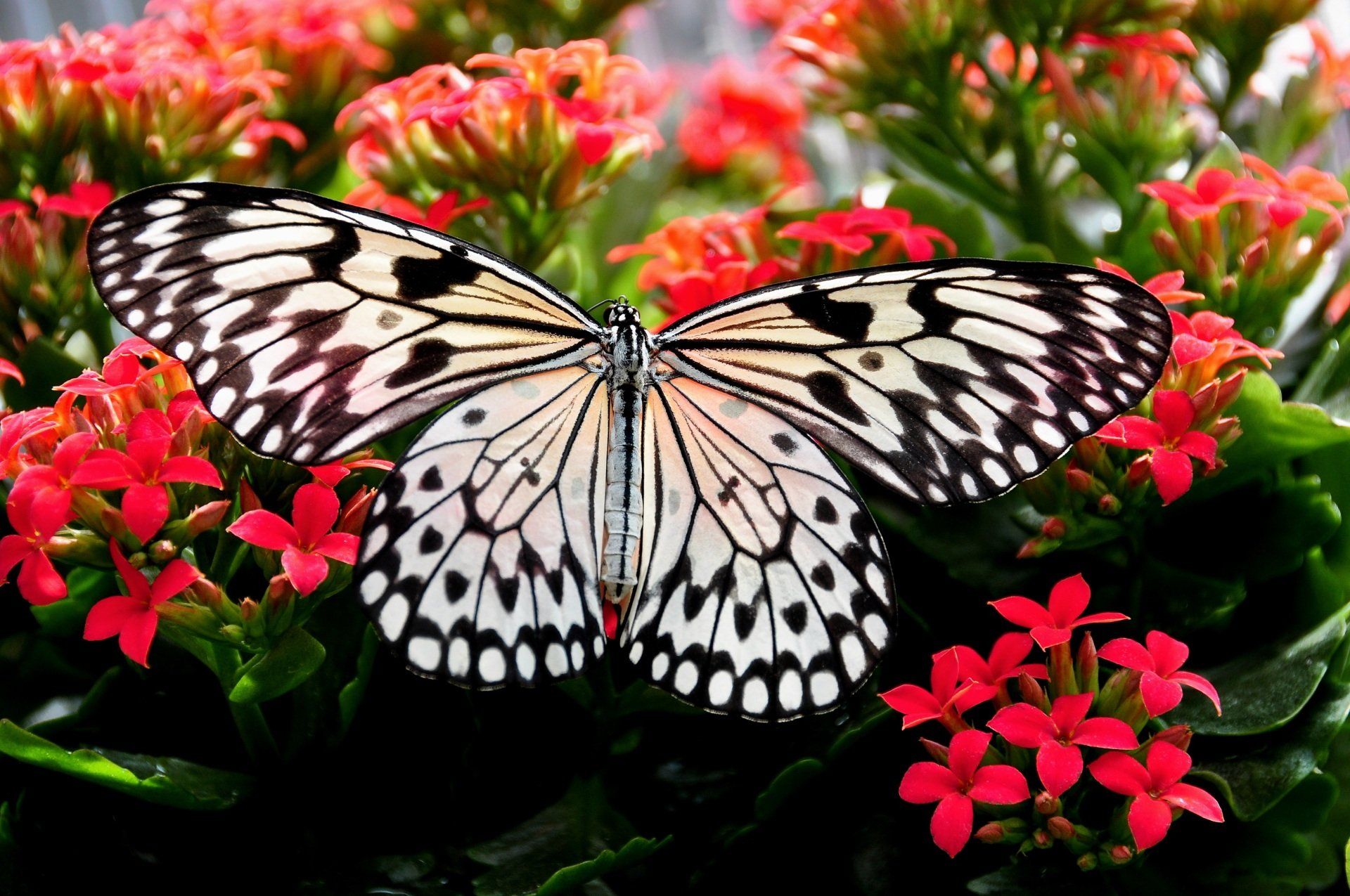You've got the power to make a difference in your yard and help our tiny friends, the hummingbirds, thrive! 🌸🐦 Here are some tips to create a hummingbird-friendly space:
#1 Creating and improving their habitat. Plant native flowering plants and maintain native trees, shrubs, and vines on the landscape.
#2 Protect them from cats. Hang your hummingbird feeders up high, at least five feet above the ground. This way, it's harder for cats to reach them.
Place your feeders where you can see them easily, so you can spot any cats that might come too close to the birds.
If you have a pet cat and love hummingbirds, consider keeping your cat indoors. Cats are quick, just like hummingbirds, and this keeps everyone safe.
#3 Provide snags for clear sight lines. Hummingbirds are always alert for food resources, predators, and other hummingbirds' presence. Dead branches provide great lookouts.
#4 Spread out the resources. Because they are combative, hummingbirds can use some space when possible. Planting flower patches in several parts of your yard or separating your feeder locations may give less aggressive hummingbirds the needed space.
#5 Don't use chemicals that may harm insects, birds, and other wildlife. Hummingbirds eat small insects and feed many of them to their young.
#6 Provide water. A mister or dripper over your birdbath may be just the bathing opportunity hot hummingbirds need this summer. Hummingbirds won't normally visit a regular birdbath.
#7 Help prevent window strikes - Experts estimate that up to 1 billion birds die yearly from window strikes. Here are a few suggestions to help.
- Keep the screens on your windows.
- Install window film to help reduce glare.
- Attach a feeder to a window.
- Close curtains and blinds whenever possible.
- Hang a wind chime in front of a window.
- Add a sunshade or keep blinds down when possible.
Following these steps, you can create a hummingbird haven in your backyard. 🏡 Help protect these incredible birds and enjoy their vibrant visits all season long! 🌞🌼 #Hummingbirds #BackyardBirds #NatureLovers
